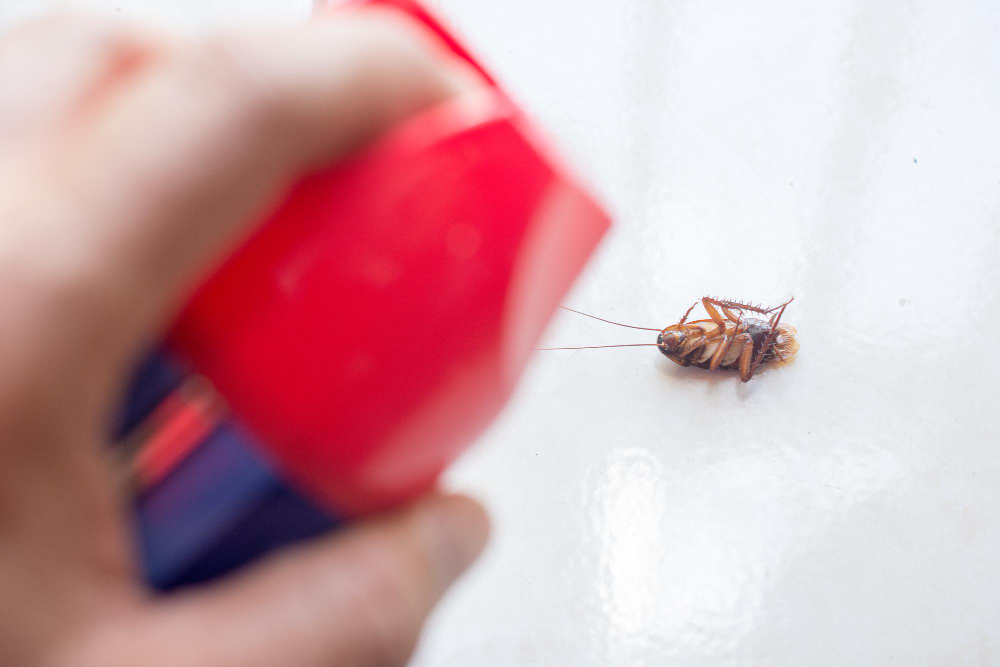Small moths fluttering around your house can be an unsettling sight for many homeowners. These tiny insects, often mistaken for pantry moths or clothes moths, seem to appear out of nowhere, flitting about in search of sustenance. But what exactly attracts these diminutive creatures to your home, and why do they seem to multiply rapidly? Delving into the intricacies of moth behavior and biology can shed light on this puzzling phenomenon.
Exploring Moths’ Dietary Preferences
One of the primary reasons small moths may invade your home is their attraction to food sources. Many species of moths, including pantry moths and Indian meal moths, are drawn to stored food products such as grains, cereals, flour, nuts, and dried fruits. These items provide an ample food source for moth larvae, which can infest stored goods and cause significant damage. Additionally, moths may be attracted to pet food, birdseed, or other organic materials that offer sustenance for both adults and larvae.
Understanding Moth Infestations in Dry Goods
Moth infestations in dry goods are a common occurrence in households worldwide. These pesky insects often hitch a ride into homes on contaminated food packaging or infested products purchased from stores. Once inside, they lay eggs on or near food sources, and the resulting larvae feed voraciously, causing contamination and spoilage. Sealing food items in airtight containers, regularly inspecting stored goods, and promptly discarding infested items are essential steps to prevent and control moth infestations in dry goods.
Identifying Potential Entry Points
In addition to food sources, small moths may find their way into your home through various entry points. These can include cracks and gaps in windows, doors, walls, and foundations, as well as through open windows or doors. Moths may also be inadvertently introduced into the home through infested plants, flowers, or outdoor gear. To minimize the risk of moth entry, seal cracks and gaps, install screens on windows and doors, and inspect incoming items for signs of infestation before bringing them indoors.
Considering Environmental Factors
Environmental conditions can also influence the presence of small moths in your home. Certain species may be more active during specific seasons or climates, with warmer temperatures and higher humidity levels providing ideal breeding conditions. In some cases, outdoor lights or moisture sources near your home may attract moths indoors, leading to increased sightings. Monitoring environmental factors and implementing appropriate pest control measures can help mitigate moth infestations throughout the year.
Implementing Effective Pest Control Strategies
To combat small moth infestations effectively, it’s essential to take a multifaceted approach to pest control. This may include practicing proper sanitation by regularly cleaning and vacuuming areas where food is stored or prepared, using pheromone traps to monitor and capture adult moths, and applying insecticides or natural repellents as needed. Additionally, maintaining a clutter-free and well-organized home can help eliminate potential harborage sites and reduce the likelihood of moth infestations.
Managing Moth Intrusions with Knowledge and Vigilance
In conclusion, the presence of small moths in your house can be attributed to a combination of factors, including their attraction to food sources, potential entry points, environmental conditions, and seasonal fluctuations. By understanding the dietary preferences and behaviors of moths, identifying potential entry points, and implementing effective pest control strategies, you can manage moth intrusions and safeguard your home against infestations. With knowledge and vigilance, you can keep these pesky pests at bay and maintain a moth-free environment for you and your family.



